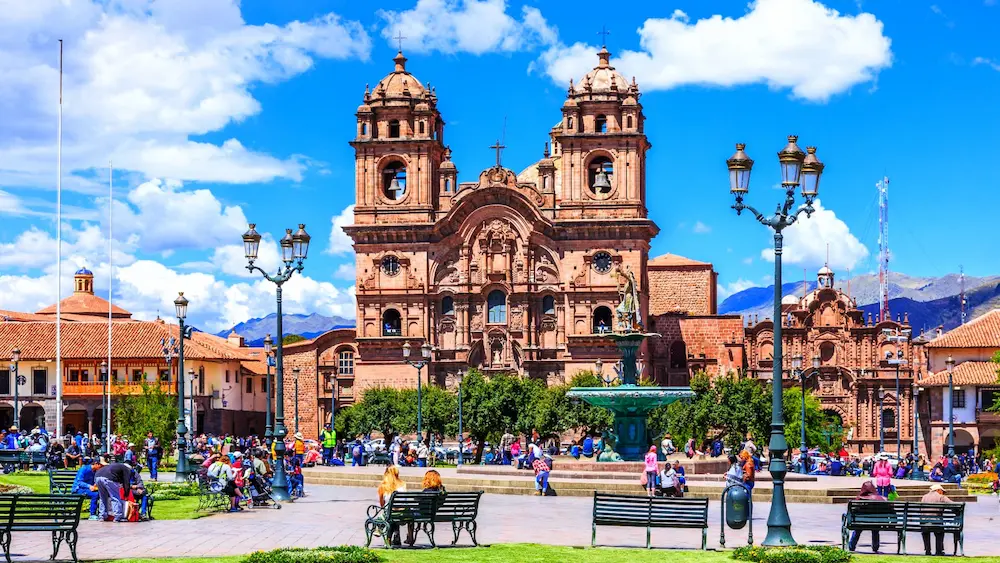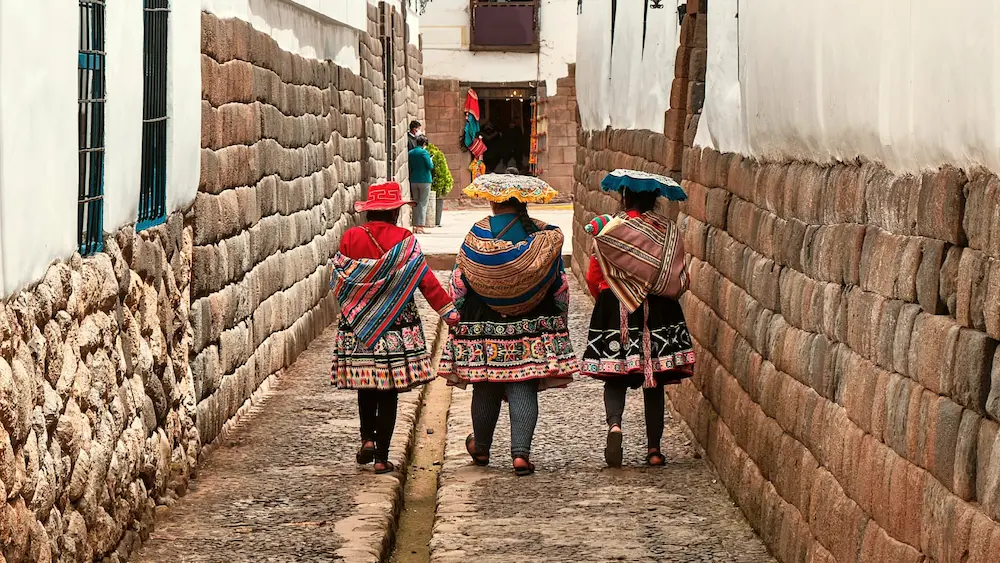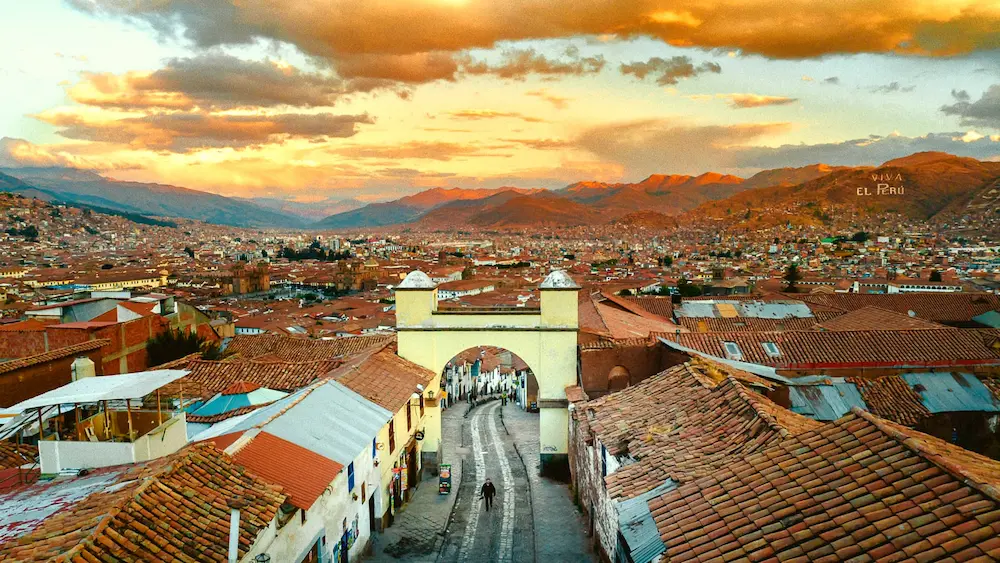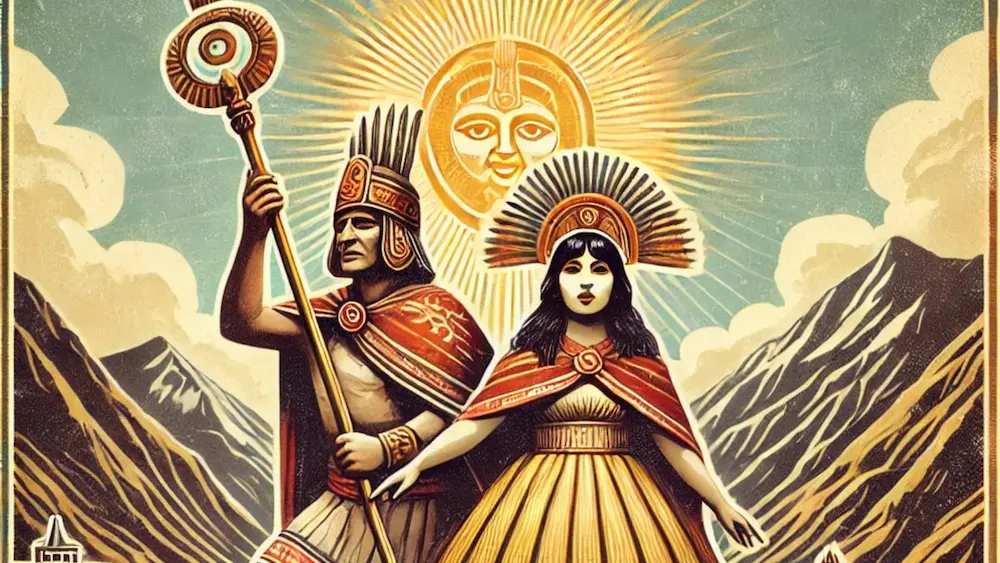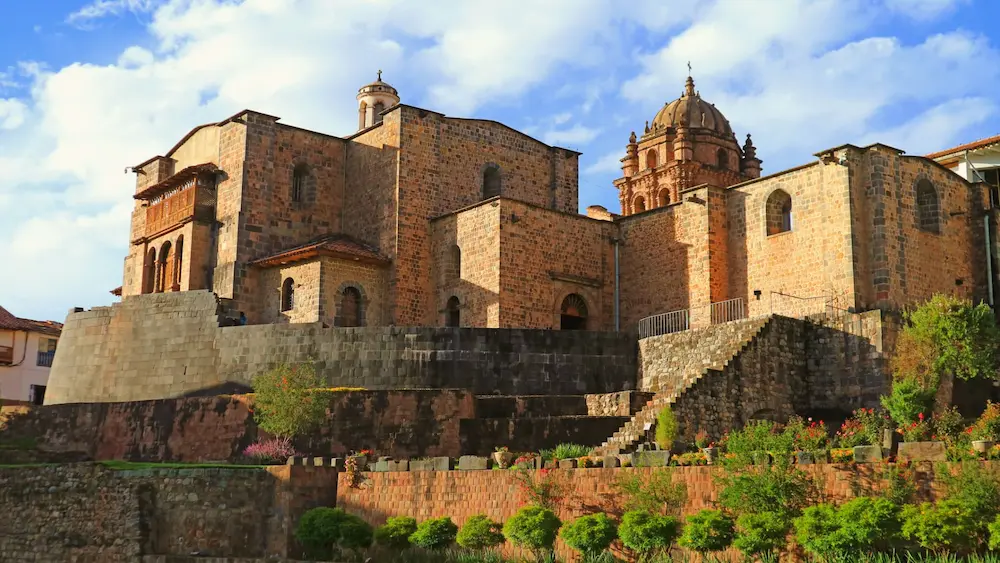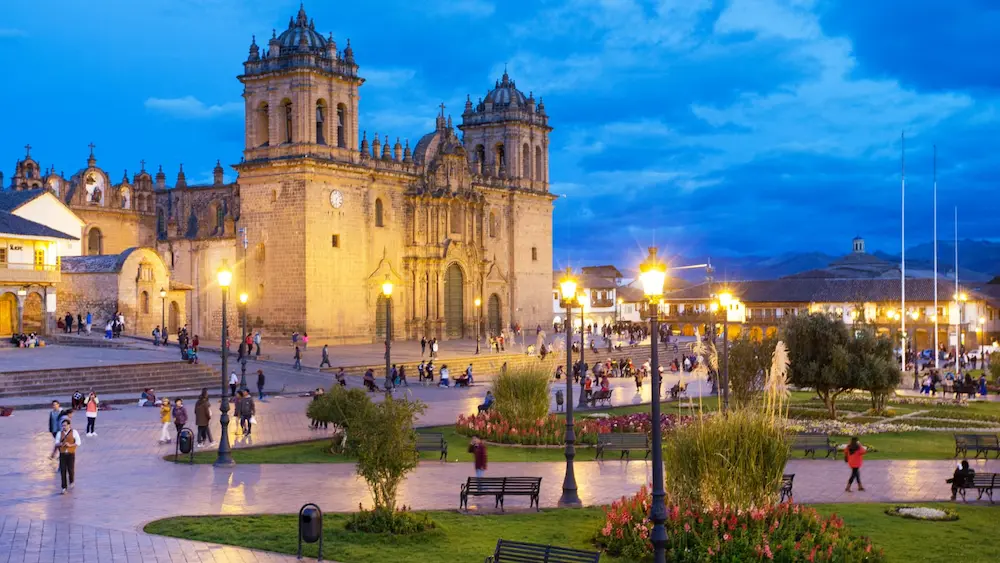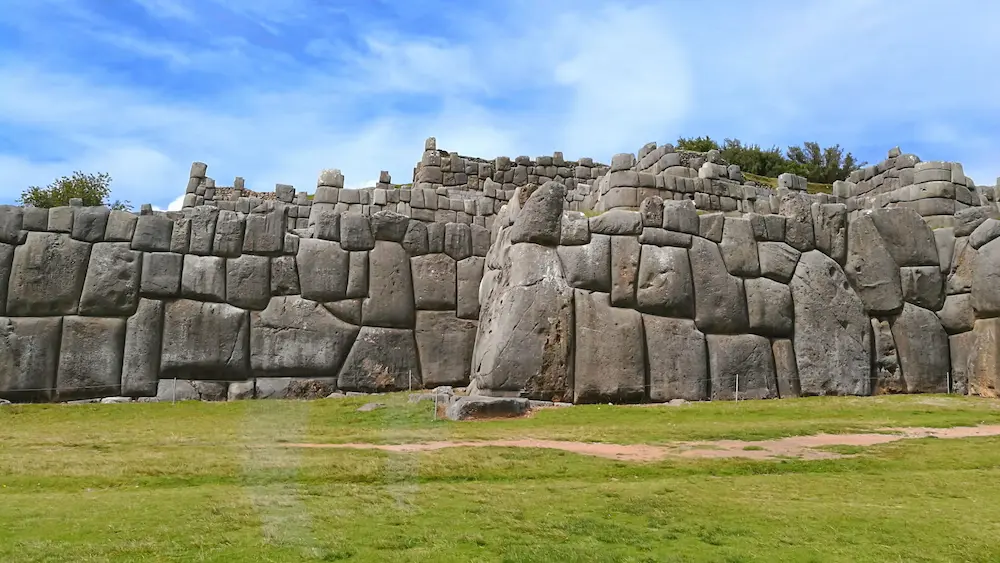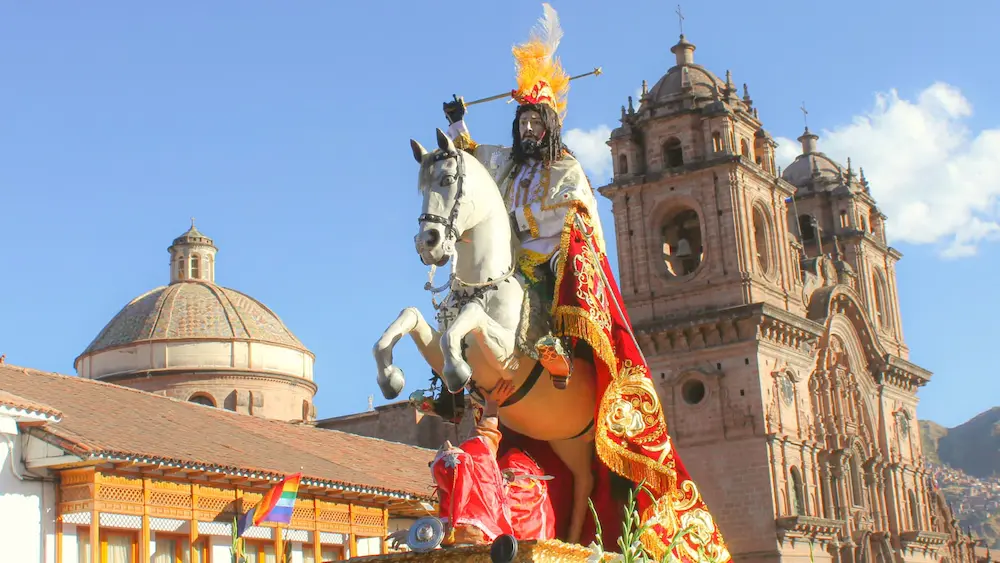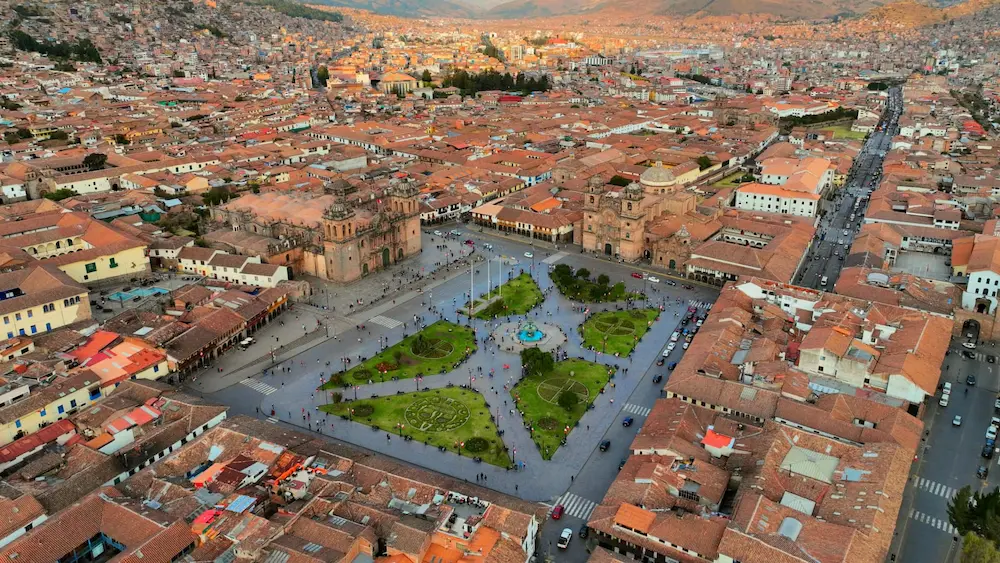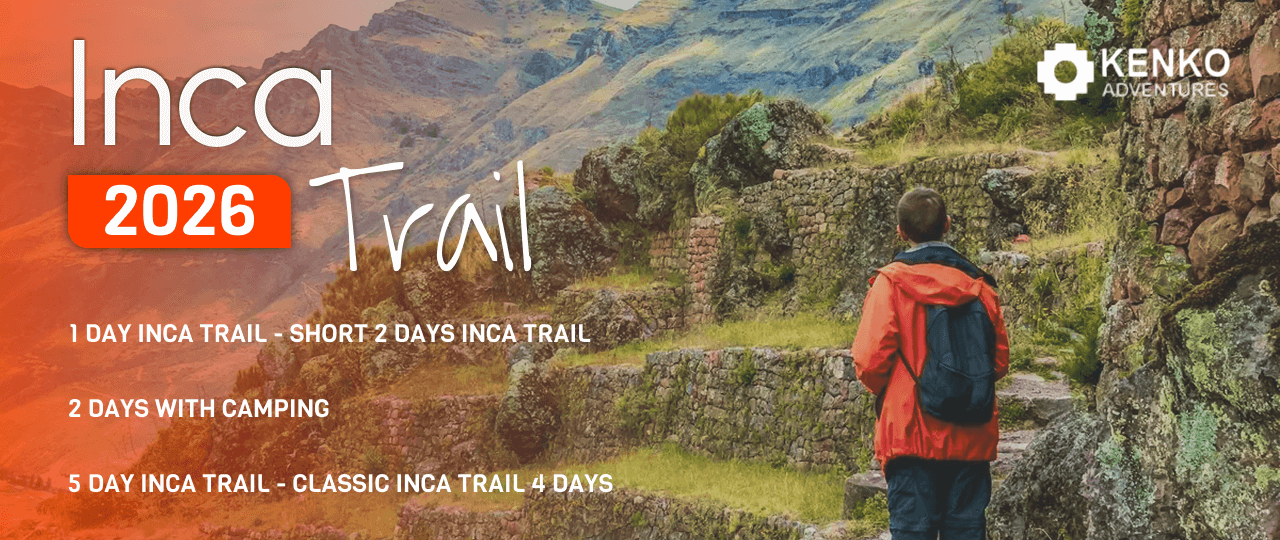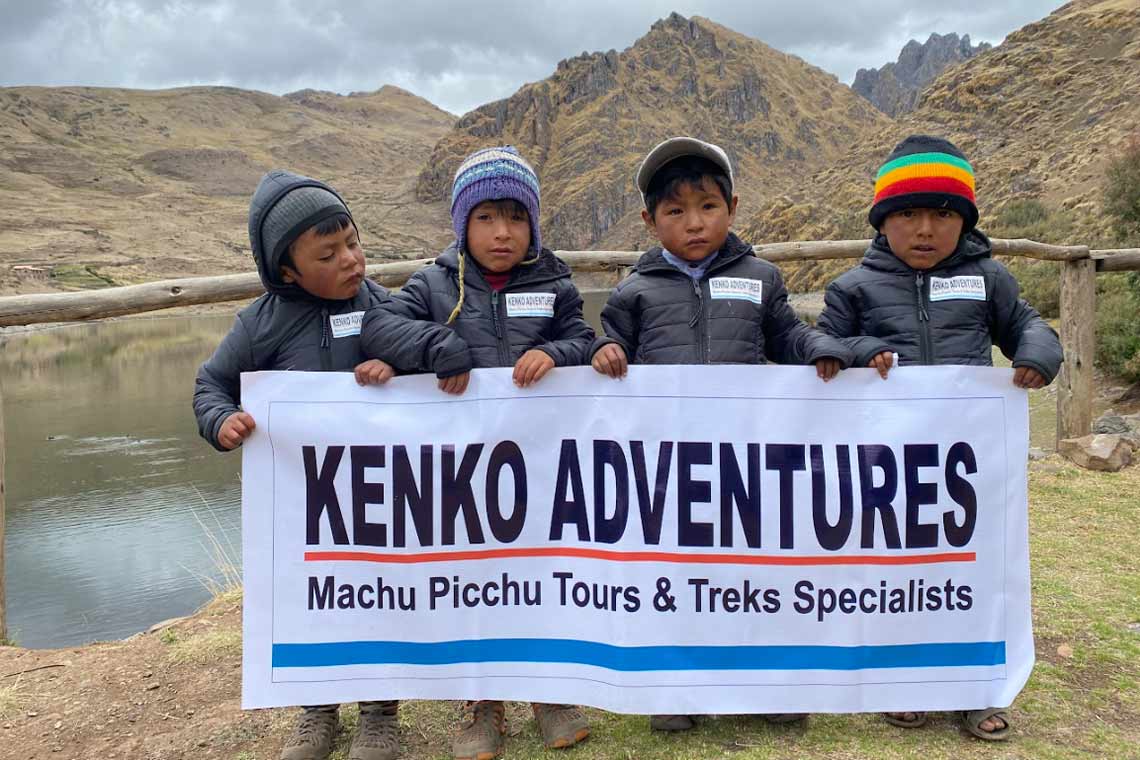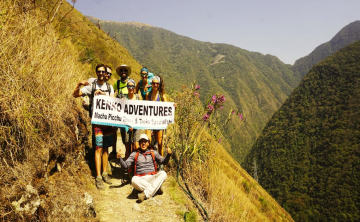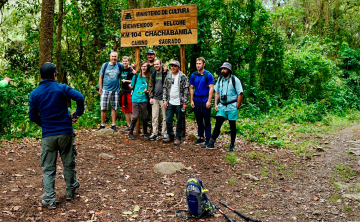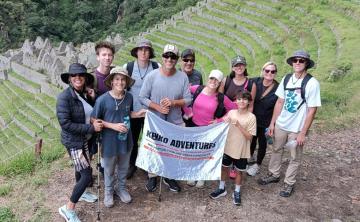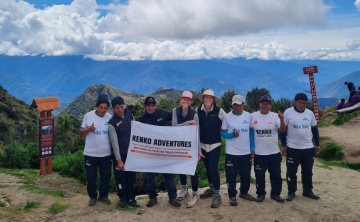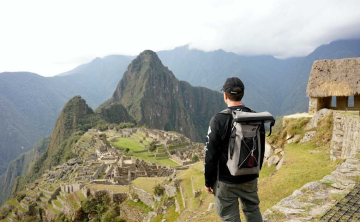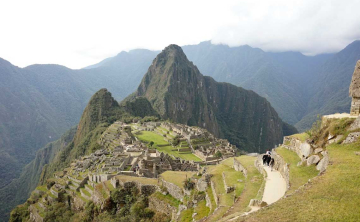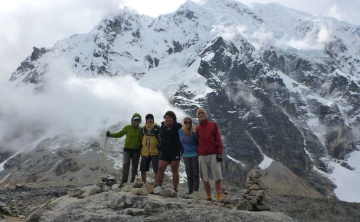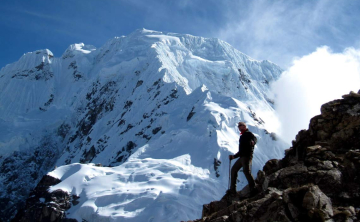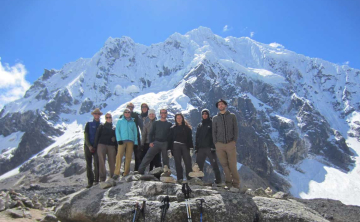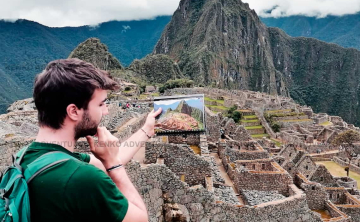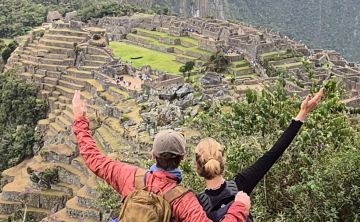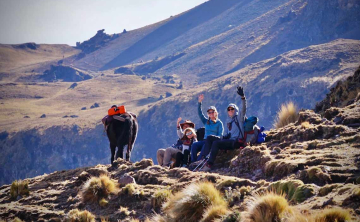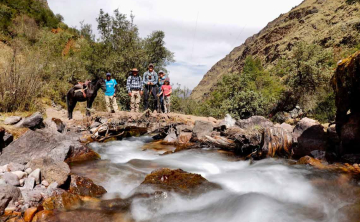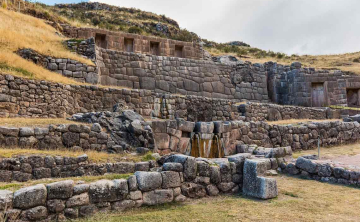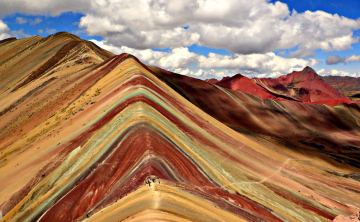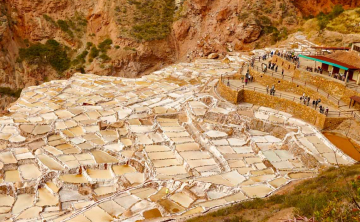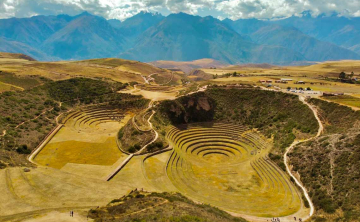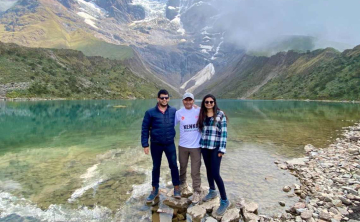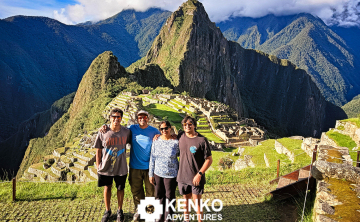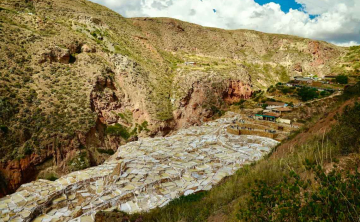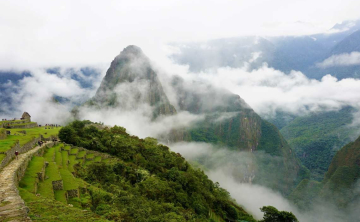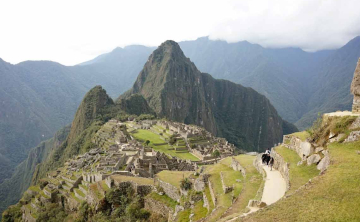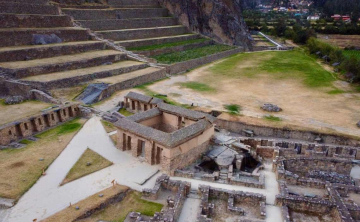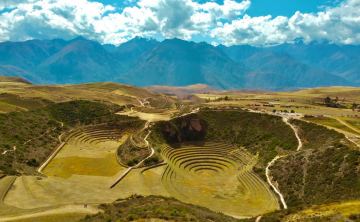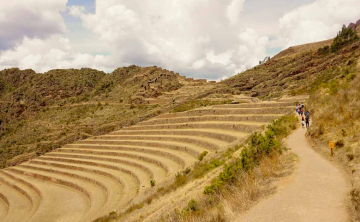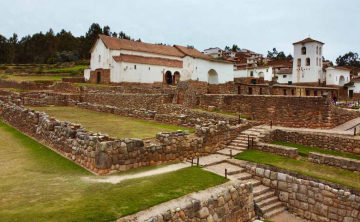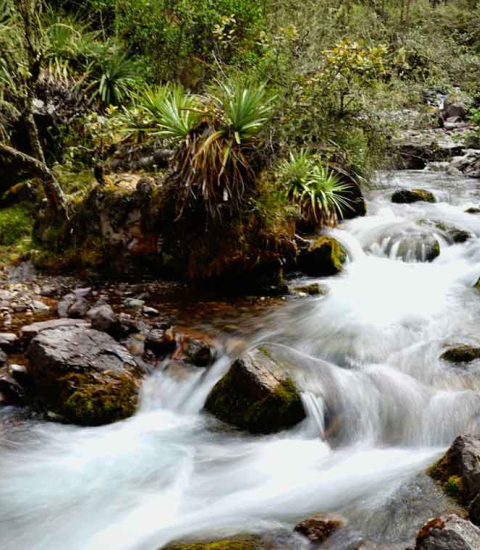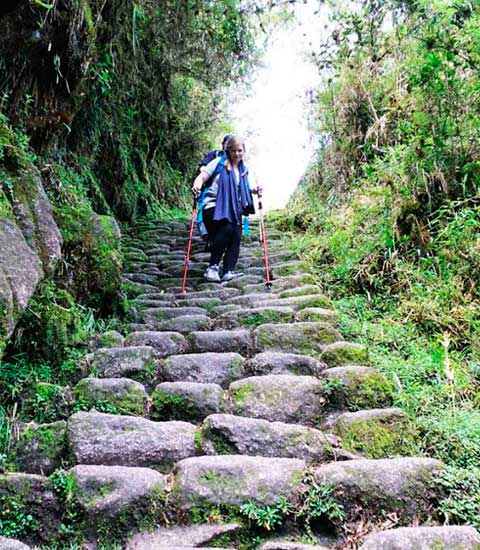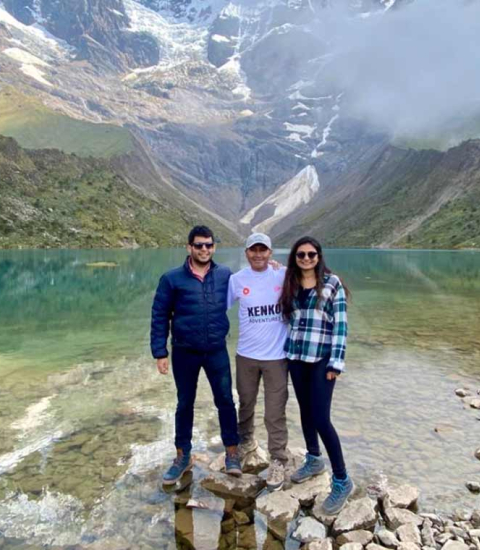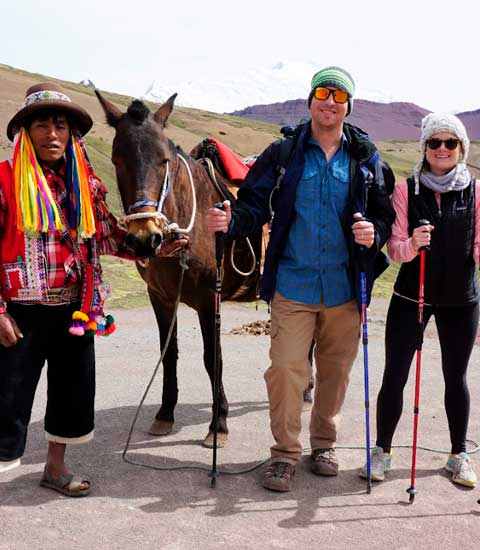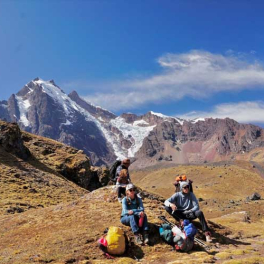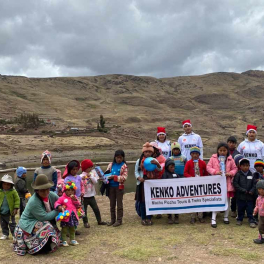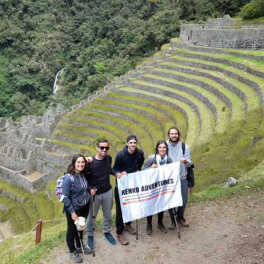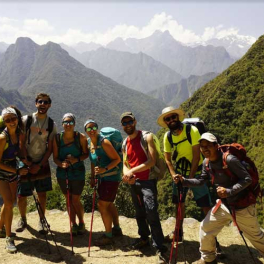History of Cusco Peru: The imperial city that merges history
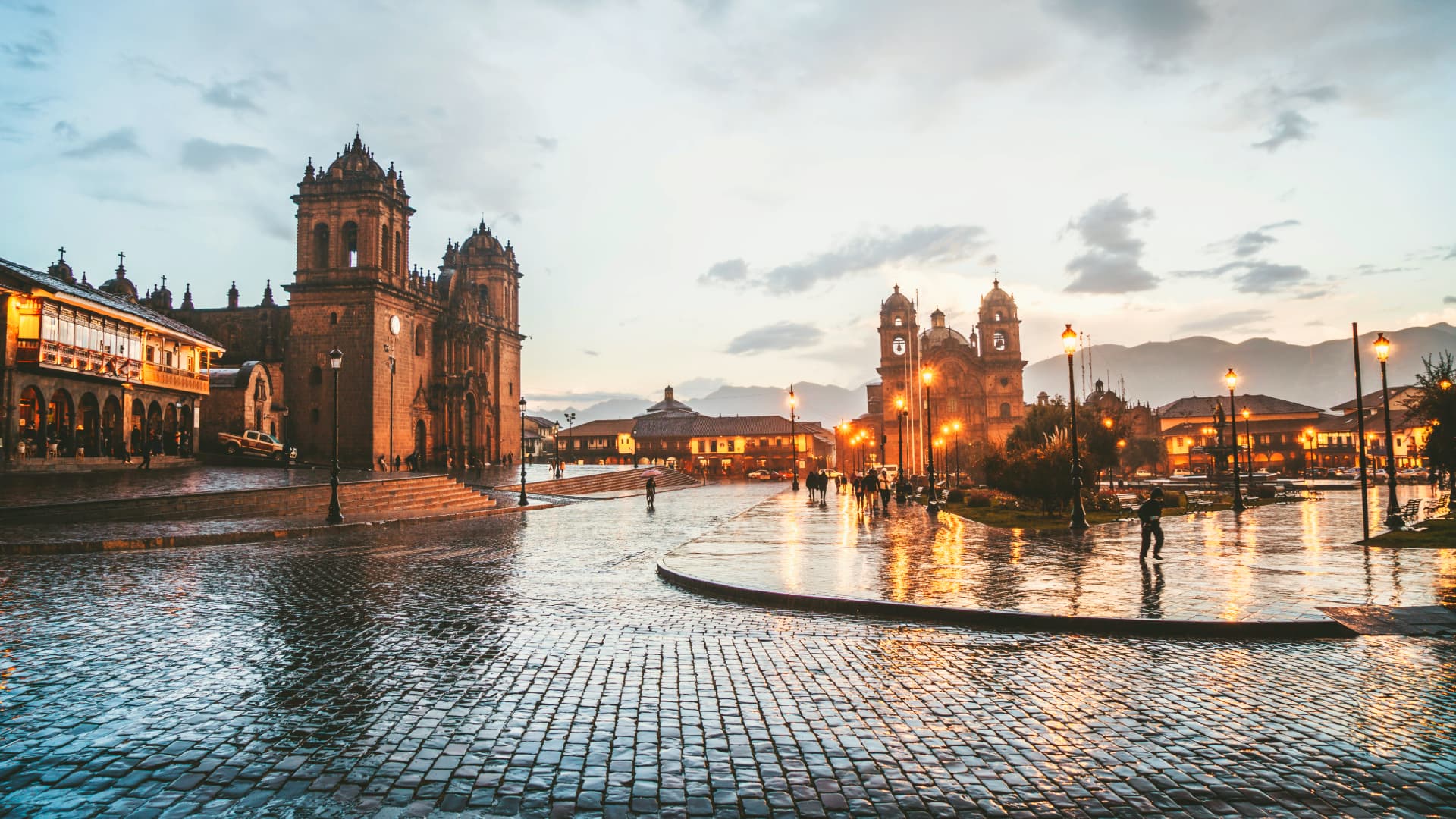
The city of Cusco is well known as the Historical Capital of Peru, this city is popular for its vast history, its majestic colonial and Inca architecture and its vibrant culture. It is not only a world-class tourist destination, but also a place where the past and the present coexist in perfect harmony. Here we explain the wonders that make Cusco an unforgettable place.
Cusco, located in Peru at an altitude of over 3,300 meters in the Andes, was the heart of the Inca Empire, known for its significant achievements in various fields. Throughout its history, from ancient times through colonial and republican periods to modern-day, Cusco has experienced profound transformations.
The essential components required to comprehend the historical, cultural, and tourism significance of this city, which has been designated a UNESCO World Heritage Site, are compiled in this article.
What the history of Cusco Peru is and why it matters
The history of Cusco Peru encompasses thousands of years of human development, including the Andean-Spanish cultural fusion during the Viceroyalty, the rise of the Inca Empire, and pre-Inca cultures. Cusco is significant because its urban layout, temples, and customs serve as a living example of how two very different worlds, Indigenous and European, coexisted. Additionally, one of the biggest pre-Columbian empires in history was planned to expand from this city.
Today, Cusco’s historical importance continues to shape how its communities preserve traditions, celebrate festivals, and protect archaeological heritage. Its past is not something static; it actively influences social identity, tourism, and the cultural pride that defines the city in the modern era.
Cusco’s historical relevance in Peru and South America
The Inca Empire's political, economic, and spiritual hub was Cusco. From Colombia to Chile, thousands of kilometers of territory were governed from this point on. It is still acknowledged as the archaeological capital of the Americas today because of its immense influence.
This relevance is reflected not only in historical texts but also in the living traditions that survive in the highlands. Cusco continues to inspire research, tourism, and global interest, serving as a reference point for understanding the development of ancient Andean civilizations.
Why Cusco is considered the archaeological capital of the Americas
Its enormous legacy, Sacsayhuamán, Coricancha, Qenqo, Tambomachay, and other complexes, is unparalleled globally. The city's historical core has endured despite earthquakes, invasions, and structural alterations.
The concentration of archaeological sites within and around the city offers researchers and travelers a unique chance to observe the evolution of architecture, religion, and engineering across centuries. Few places in the Americas provide such an uninterrupted historical record.
The origins: the history of Cusco Peru before the Inca Empire
Cusco's history goes well beyond the Incas, despite their immediate association with the city. Numerous pre-Inca cultures lived in the area, laying the groundwork for the Tahuantinsuyo's eventual development.
These early societies experimented with agriculture, hydrological systems, and social organization, creating the foundations that allowed later civilizations—especially the Incas—to thrive. Their contributions remain evident in the region’s terraces, ceramics, and burial sites.
Early settlers and pre-Inca cultures in the region
Groups devoted to agriculture, ceramics, and herding lived in the Cusco region prior to the Incas. Archaeological evidence shows human presence in the region thousands of years before Christ. These cultures developed knowledge about climate, soils, and agricultural techniques that the Incas later perfected.
Myths and legends about the founding of Cusco
The tale of Manco Cápac and Mama Ocllo, who were sent by the Sun God to establish civilization among the Andean peoples and establish Cusco, is among the most well-known. According to a different legend, the Ayar siblings emerged from Pacaritambo's cave to usher in a new era. These legends, despite not being historical, demonstrate the city's spiritual significance throughout history.
The rise of the Inca Empire in the history of Cusco Peru
The arrival of the Incas marked a pivotal era in Cusco's history, transforming it into Qosqo, the "navel of the world." Under Inca leadership, Cusco became a dynamic center for politics, culture, and religion, serving as the Inca Empire's capital. This period initiated significant architectural advancements, with the construction of grand temples and administrative buildings showcasing the Incas' engineering prowess and spiritual values. Its strategic location established Cusco as a crucial hub for trade and communication across the expansive empire.
The consolidation of power under Pachacútec
Pachacútec is regarded as the empire's greatest architect. Cusco underwent a total restructuring during his rule. Power and spirituality were reflected in the construction of temples, plazas, and symbolic structures. The Tahuantinsuyo started to expand from this point on.
Urban layout and architecture of the Inca city
Cusco was shaped like the sacred puma. Its buildings relied on remarkably intricate stonework, and its streets were perfectly lined. Even after significant earthquakes, the Incas' structures still stand because they used enormous stone blocks without mortar.
The arrival of the Spanish and the transformation of the history of Cusco Peru
The Spanish conquest, which altered Cusco's political and cultural landscape, made the 16th century a pivotal time for the city. In addition to establishing colonial rule, this conquest made it easier for indigenous and Spanish cultures to blend, resulting in a varied blend of customs and practices that continue to influence the area today. Cusco's language, religion, art, and social customs all bear witness to the profound shifts brought about by this historical event.
The conquest and its cultural impact
After the capture of Atahualpa, the Spaniards entered Cusco in 1533. The city was looted, temples were destroyed, and colonial structures were erected atop Inca foundations. However, many original structures remained due to their superior engineering.
The architectural fusion of Andean and colonial styles
Convents, churches, and colonial mansions were built on Inca walls, creating a unique aesthetic: the precise stonework of the Incas combined with the religious and baroque elements brought from Europe.
Notable examples include:
- Santo Domingo Church, built over Coricancha
- Cusco Cathedral, in the Plaza de Armas
- San Blas neighborhood, blending indigenous and Spanish art
Social transformations during the Viceroyalty
Cusco developed into a religious and administrative hub. Despite being under colonial rule, the native population managed to maintain many of their customs. Today, a blended culture can be seen in everyday life, crafts, and festivals.
You might also want to check out: Best restaurants in Cusco | Top 20
Geography and location of Cusco
Cusco is located in the southeast of Peru, in the central zone. It has an area of 76,329 square kilometers and its population exceeds one million inhabitants. It is located at an altitude of 11152 ft. in the heart of the Andes. This city was the political, religious and cultural center of the Inca Empire.
Living history in every corner
Cusco's history dates back more than 3,000 years, when the first Andean cultures settled in this region. Its peak took place during the 15th century. With the arrival of the Spanish in the 16th century, Cusco underwent a radical transformation. The invaders destroyed many Inca buildings to build churches and palaces, using the same original stone foundations. This contrast between Inca and colonial culture is one of the most distinctive aspects of Cusco and a testament to its resilience.
The legend of the empire
However, it was during the 15th century that the city reached its peak of splendor as the capital of the Inca Empire. According to legend, it was founded by Manco Capac and Mama Ocllo, who emerged from Lake Titicaca by order of the Sun God, Inti. The city was designed in the shape of a puma, a sacred animal that symbolized power and protection. The legend of Manco Capac and Mama Ocllo tells that they were sent by the Sun God, Inti, to civilize the Andean peoples. They emerged from Lake Titicaca with a golden staff and founded the Inca Empire in the place where it easily sank: the valley of Cusco. Manco Capac taught the men agriculture and social organization, while Mama Ocllo instructed the women in weaving and housework.
Cusco and its Captivating Architecture
One of the greatest characteristics of the city of Cusco is its architecture, which fuses the best of the ancestral techniques of the Incas with the baroque influence of the Spaniards. Some of the most emblematic examples include:
The Coricancha
The name Coricancha comes from the Quechua word meaning Temple of the Sun, the Coricancha was one of the most important religious precincts of the Inca Empire. Its walls, made of polished and perfectly fitted stone, were covered with gold to reflect the sunlight. Today, the Convent of Santo Domingo stands over its remains, offering an impressive visual contrast. The name Coricancha comes from the Quechua language and means
You might also want to check out: The Inca Culture History
The Main Square
The heart of Cusco, the Plaza de Armas, is a place where history comes alive. Surrounded by imposing colonial buildings, such as the Cathedral and the Church of the Society of Jesus, this square was the scene of important historical events, including the proclamation of the Spanish conquest and the execution of Tupac Amaru II, leader of a great indigenous rebellion.
Sacsayhuaman
Just a few kilometers from the city center is Sacsayhuaman, during the Inca empire this place functioned as an Inca fortress. Its gigantic stone walls, some of which weigh up to 120 tons, are a mystery of ancient engineering and a testimony to the genius of the Incas.
Living Culture
Cusco is not only an open-air museum, it is also the best testimony to a place where ancestral traditions remain fully alive. Daily life in the city reflects centuries of cultural continuity, visible in its language, rituals, crafts, and community celebrations. From major festivals to everyday customs, Cusco's culture is a constant celebration of its rich heritage, embracing both Inca and colonial influences. The blend of ancient practices with modern lifestyles creates a unique cultural environment that captivates visitors and reinforces the identity of its people.
In Cusco, tradition is not preserved in isolation—it is lived. Families pass down knowledge of agriculture, weaving, music, and cuisine through generations, ensuring that cultural expressions remain authentic. Even in urban areas, ceremonies, offerings to Pachamama (Mother Earth), and Andean spiritual practices are integrated into daily routines, highlighting the city's deep connection to its past.
Festivities
One of the most outstanding events is the Inti Raymi, or Festival of the Sun, celebrated every June 24. This ceremony, which pays homage to the Sun God, recreates Inca rituals and attracts thousands of visitors every year. The celebration includes colorful dances, symbolic offerings, and a historical reenactment performed at Sacsayhuamán, creating a powerful connection between modern spectators and ancient Andean cosmology.
Another important celebration is Corpus Christi, where the streets are filled with processions, vibrant music, and religious images carried from neighboring churches. It is one of Cusco’s most impressive cultural events, blending Catholic devotion with Andean traditions. During this celebration, traditional dishes such as chiriuchu—made with cuy, corn, Andean peppers, and cheese—take center stage, representing the city’s culinary fusion.
Other festivities like Carnavales, Santurantikuy (the Christmas artisan fair), and the Lord of Qoyllur Rit’i pilgrimage highlight the spiritual richness of the region. These events showcase the diversity of beliefs and the strong communal bonds that characterize Cusqueñan society.
Handicrafts
Local markets, such as San Pedro, San Blas, and the famous weaving centers of Chinchero, offer handmade textiles, ceramics, and jewelry that reflect the creativity and skill of local artisans. Each piece carries symbolic motifs linked to Andean cosmovision—such as the condor, puma, and serpent—making them meaningful cultural expressions rather than simple souvenirs.
Traditional weaving, in particular, is one of Cusco’s most valued artistic practices. Artisans use natural dyes made from plants, minerals, and insects, and they weave on backstrap looms, preserving techniques that date back to pre-Inca times. Similarly, pottery, silverwork, and wood carving continue to thrive in rural communities, providing visitors with a glimpse into artisanal traditions that have endured for generations.
Purchasing these crafts not only supports sustainable tourism but also contributes directly to local families, helping preserve centuries-old knowledge and ensuring that these artistic traditions continue to flourish.
Gastronomy: A feast of flavors
Cusco cuisine is a culinary experience that combines local ingredients with ancestral recipes. Some not-to-be-missed dishes include:
- Cuy al Horno: This typical Andean dish is a delicacy and a great source of protein.
- Chiriuchu: A festive dish that includes guinea pig meat, chicken, corn, cheese and seaweed. It is a fusion of the city's regional variety.
- Olluquito con Charqui: A stew made with dried beef or alpaca meat and olluco, a native tuber.
- Kapchi de habas: a typical dish made of fresh green beans, Andean mushrooms, cheese and milk.
For beverage lovers, mate de coca is ideal for acclimatizing to the altitude, while chicha morada, Chicha blanca and Cusco craft beer are refreshing and delicious.
You might also want to check out: The best snacks while hiking in Peru
How the history of Cusco Peru influences its culture today
The significance of history goes beyond just archaeological findings; it is deeply embedded in the everyday practices and traditions that persist and flourish in modern society, influencing how people live, celebrate, and connect with their cultural roots.
Festivals and traditions inherited from the Incas
Festivals like Inti Raymi, Holy Week, and Corpus Christi serve as vibrant expressions of cultural synthesis, showcasing the rich tapestry of traditions that have evolved over centuries, blending indigenous practices with colonial influences to create unique celebrations that resonate deeply within the community.
Cusqueñan cuisine shaped by its past
Culinary offerings such as quinoa soup, roasted guinea pig, and chiri uchu exemplify the harmonious blend of traditional Andean ingredients with Spanish culinary traditions, reflecting a rich cultural exchange that has shaped the region's gastronomy.
Arts and crafts as expressions of ancient heritage
Textiles, ceramics, and wood carvings are crafted using age-old methods that have been meticulously preserved and handed down through countless generations, showcasing the deep-rooted cultural heritage and artistic traditions of the region.
Cusco today: A global destination
Today, Cusco is one of the most visited destinations in the world, attracting millions of tourists each year. Its international airport and connection to Machu Picchu make it an essential gateway for exploring Peru. However, the city still maintains its authenticity and welcoming spirit.
The balance between preserving its heritage and adapting to modern tourism is a constant challenge. Initiatives such as the promotion of sustainable tourism and the conservation of archaeological sites are crucial to ensure that Cusco remains a special place for future generations.
Why understanding the history of Cusco Peru, matters
The history of cusco peru is a living legacy that shapes its people, environment, and identity rather than merely a story of the past. Understanding it enables visitors to recognize the magnificence of a city that has endured empires, conquests, and changes while retaining its core.
Cusco is a symbol of resiliency, diversity, and cultural continuity in addition to being a popular tourist destination. In order for future generations to discover the richness of the Andean world, it is imperative that its legacy be preserved.

